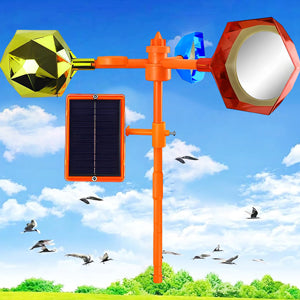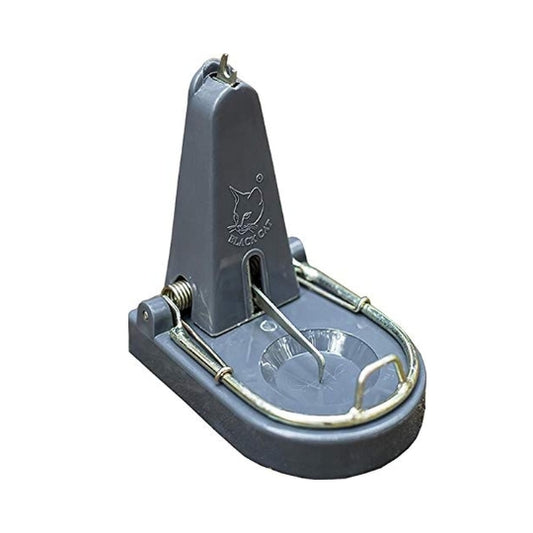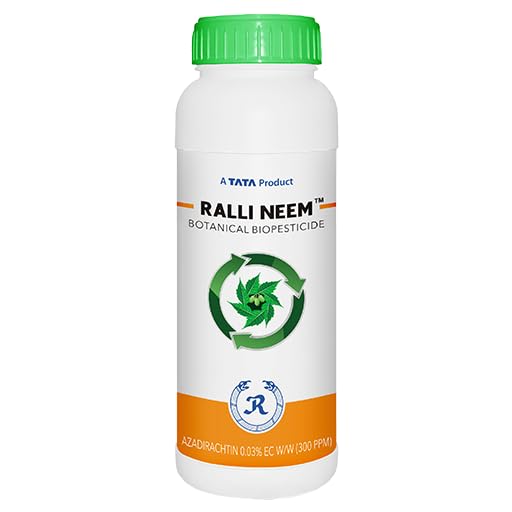
How can farmers diagnose plant diseases?
Share
Diagnosing plant diseases can be challenging, but there are a few steps you can follow to help identify the problem:
Observe the plant: Take a close look at the affected plant and note any symptoms such as yellowing or browning of leaves, wilting, spots or lesions on leaves, stems, or fruits, abnormal growth or shape, or any other abnormal appearance.
Identify the plant: Knowing the plant species can help narrow down the list of possible diseases that may be affecting it.
Consider the environmental factors: Certain environmental factors such as temperature, humidity, soil moisture, and sunlight can affect plant health and make them more susceptible to diseases.
Check for pests: Insects and other pests can cause damage to plants that can mimic symptoms of diseases.
Look for patterns: Diseases often exhibit specific patterns such as uniform damage across the plant or in specific areas of the plant.
Conduct tests: Some plant diseases can be identified through laboratory tests such as culture isolation, molecular analysis, or serological tests.
Consult a professional: If you are unsure about the diagnosis or treatment, it may be best to seek advice from a professional such as a horticulturist, extension agent, or plant pathologist.
By following these steps, you may be able to identify the cause of the plant's illness and take appropriate action to treat or prevent further damage.
















